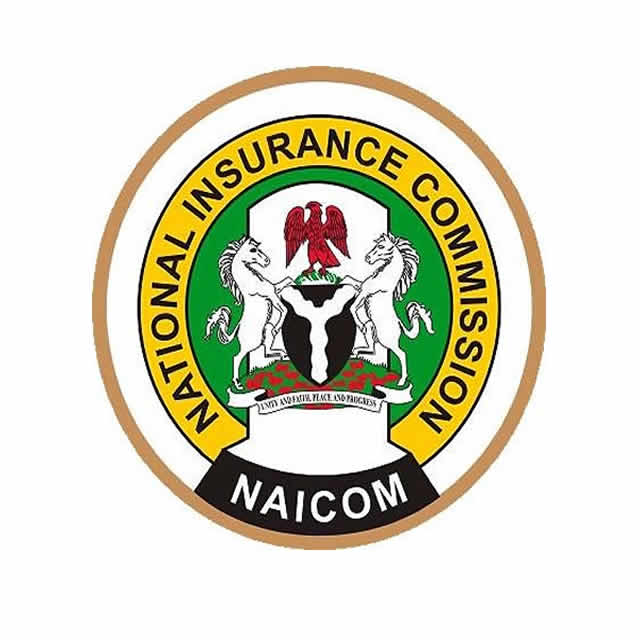The Nigerian insurance industry is undergoing a significant transformation, driven by the National Insurance Commission’s (NAICOM) newly released guidelines on Minimum Capital Requirement (MCR). These guidelines, stemming from the Nigerian Insurance Industry Reform Act 2025 (NIIRA 2025), represent a pivotal step towards strengthening the sector, enhancing financial soundness, and ensuring the seamless implementation of increased capital thresholds for insurance and reinsurance companies. The new capital requirements signify a substantial increase across the board, with non-life insurers now required to hold a minimum capital base of N15 billion, life insurance firms N10 billion, and reinsurance companies facing the most significant leap to N35 billion. This move aims to bolster the industry’s capacity to absorb risks, protect policyholders, and foster greater confidence in the insurance sector.
NAICOM has outlined a comprehensive framework for insurers to comply with the new capital requirements. All insurers must submit detailed recapitalization plans by September 30, 2025, outlining their capital status, planned sources of fresh capital, and timelines for achieving the new thresholds. These plans must include a board resolution affirming commitment to compliance, capital status based on the 2024 audited financial statements and June 2025 second-quarter returns, details of statutory deposits with the Central Bank of Nigeria (CBN), and a comprehensive action plan for securing the required capital. Insurers intending to raise capital from the capital markets are required to submit their plans on a file-and-use basis, streamlining the approval process. Mergers and acquisitions are also permissible avenues for recapitalization, provided the proposals adhere to the guidelines and existing insurance laws.
NAICOM has also mandated ongoing monitoring and reporting throughout the recapitalization process. Insurers are required to submit monthly progress reports within 10 working days of each month-end, detailing their MCR status, milestones achieved, and efforts undertaken to meet their recapitalization plans. This continuous reporting mechanism allows NAICOM to closely track the progress of each insurer and ensure timely compliance. Even after achieving the required MCR, insurers must continue submitting their recomputed MCR status monthly until a license is issued or otherwise directed by the commission. Transparency is further enforced through mandatory disclosure of all asset disposals, including sales proceeds and their application, both during and after the recapitalization process.
A crucial component of the recapitalization process is the verification of assets. NAICOM will conduct capital verification exercises between November 1, 2025, and June 30, 2026. Insurers must provide verifiable evidence of ownership, title, and valuation of all admissible assets, supported by actuarial reports. This rigorous verification process ensures the accuracy and legitimacy of the reported capital, upholding the integrity of the recapitalization exercise. Further reinforcing compliance, insurers must submit evidence of their statutory deposits with the CBN by May 30, 2026. The ultimate deadline for full compliance with the new capital requirements is July 30, 2026.
The Securities and Exchange Commission (SEC) has also thrown its weight behind the recapitalization efforts. Recognizing the importance of a smooth and efficient process, the SEC has established a dedicated desk specifically to expedite approvals for insurance sector recapitalization. This proactive measure aims to facilitate timely access to capital markets for insurers seeking to raise funds. The SEC has committed to delivering decisions within 14 days of receiving complete submissions, significantly streamlining the approval process and minimizing potential delays. This collaborative approach between NAICOM and SEC underscores the commitment of regulatory bodies to support the insurance industry’s transformation.
In summary, the new MCR guidelines mark a significant turning point for the Nigerian insurance industry. The increased capital requirements aim to fortify the sector’s financial stability, enhance its capacity to manage risks, and ultimately provide greater protection for policyholders. NAICOM’s comprehensive framework, which includes detailed recapitalization plans, ongoing monitoring and reporting, rigorous asset verification, and a final compliance deadline, demonstrates a commitment to ensuring the successful implementation of these reforms. The SEC’s support further strengthens the recapitalization drive, facilitating timely access to capital markets. These combined efforts signal a concerted push towards a more robust and resilient insurance sector in Nigeria, poised for growth and stability in the years to come.














